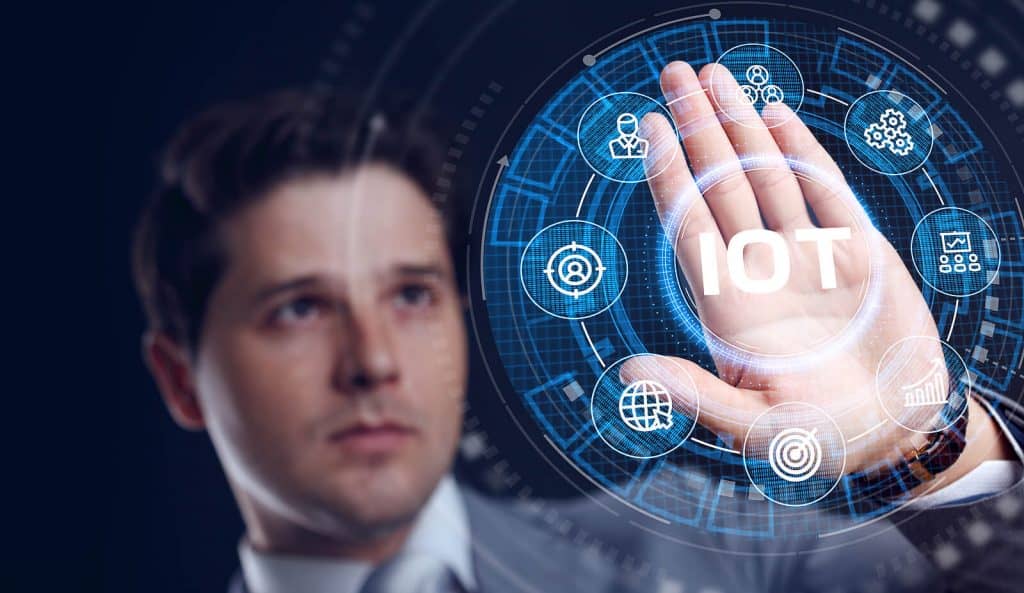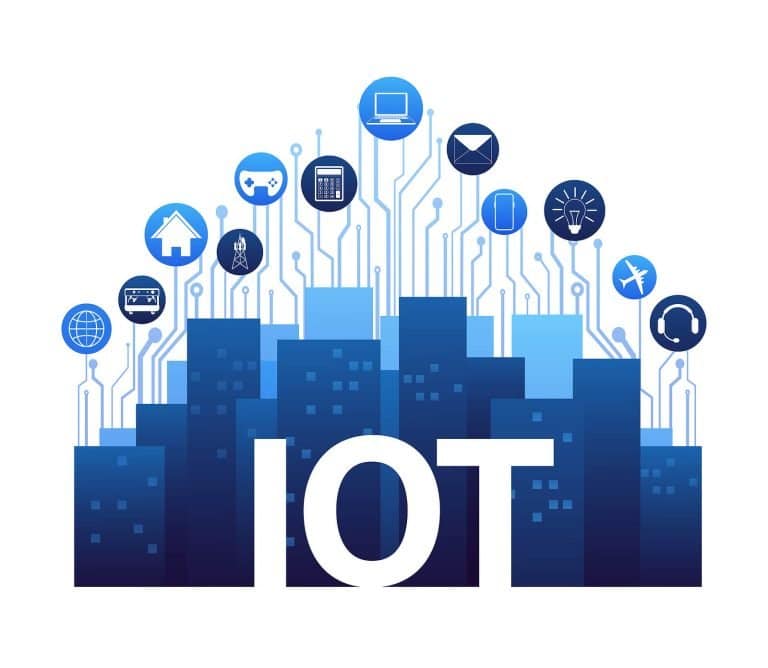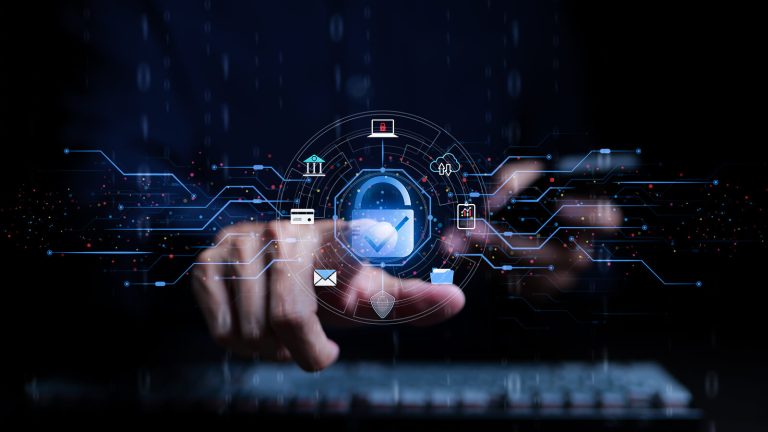2020 changed the entire world in many ways. The disruptive pandemic helped establish that the businesses across the board – mini, micro, small, medium, big or family-owned – need to use top technological tools and strategies to stay stable and tide through the difficult times. Internet of Things (IoT) has played a crucial role in the pre-Covid world, and it is assumedly going to play a further critical role in 2021.
Table of Contents
ToggleThe IoT trends are mostly oriented towards ensuring businesses gain on a 360-degree approach from this advanced technology. Before we start with the happening trends for this year, let’s quickly catch a glimpse of the latest data from the sector.
- Thirty-five billion connected devices in 2020; 46 billion devices connected in 2021; expected smart devices to stay connected and active by 2024 is about 83 billion.
- Globally, three industries are forecasted to have maximum IoT connections by 2024 – retail, manufacturing, and agriculture.
- The worldwide IoT market was $308,97 billion in 2020 and is expected to grow at a CAGR of 25.4% to touch $1,854.76 billion by 2028.
Overview of IoT
Today, more and more physical smart devices are connected to the internet and can have seamless communication. So, in other words, the physical world and the digital world work in sync to collaborate and work together, and this has happened possibly because of the innovative IoT app development agencies.
There are several reasons why IoT has grown in popularity in the last few years. The wider availability of internet connectivity, the fast pace of penetration of the smartphone industry, cheap sensors availability, and the faster IoT adoption of the private and public sector have contributed significantly to the higher growth rate of the IoT sector. The benefits of deploying IoT solutions:
- Increase in market share – more than 81% of companies have gained on this front.
- Increase in revenues – about 82% of companies have benefitted from this count.
- Increased employee productivity – 50% of businesses have experienced the same.
- Achieve asset reliability
- Decrease in operational costs – about 55% of businesses have reduced their operational costs by almost 21% by adopting IoT technology.
- Enhanced flexibility – about 39% of businesses have been able to achieve enhanced customer support performance with IoT.
IoT trends to look out for in 2021
- Edge computing – With more and more companies adopting the remote work model and work from home workflow, edge computing will be at the center of IoT this year. The trend becomes a significant one considering that bigwigs in the IT sector like IBM, Dell, and HPE are all developing edge computing solutions on the cloud.
Since edge computing calls for saving in costs, energy consumption, and the reduction of carbon footprints, edge computing is all set to grow and boom this year. Also, edge computing is securer with higher privacy levels helping businesses profoundly in privacy maintenance.
- IoT and the healthcare industry – As per global predictions, the Asia Pacific region is growing phenomenally fast in blending IoT with the healthcare market. The forecast period mentioned was 2018 to 2026.
Smart wearable devices like devices to measure blood pressure, heart rate, glucose level, etc. used by the individual and hospitals for gathering customer data to store the data on the cloud for easy and cost-effective access, IoT can benefit the healthcare industry in numerous ways.
IoT has easily facilitated remote monitoring of patient health by doctors and healthcare staff. Remote monitoring helps reduce the patient’s stay at hospitals and get treated from home. Hospitals use IoT devices for real-time tracking of medical and fitness equipment like nebulizers, wheelchairs, oxygen pumps, and medical staff deployed at various locations can be tracked in real-time by hospital administration.
- Enhanced cybersecurity – With an increase in cybercrime, it is imperative that solutions be prepared that help meet the increased risks. It is quite critical today in 2021, when most people are engaged in remote working. Hence, IoT solution developers and cybercrime specialists are coming together to develop solutions that address these increased risks and help mitigate them in the nip of the bud effectively.
- IoT for the manufacturing sector – The manufacturing industry has been using IoT solutions, sensors, and devices proactively even before. However, as the technology further evolves, IoT can be used for micro-management of several shopfloor-related issues like detection of problems in machines in advance for undertaking preventive maintenance.
In addition to this IoT trend, more and more factories can now be expected to offer their workers smart wearable devices that help managers keep track of the workflow in real-time and the prevailing safety situations in factories.
- IoT for HR – It is expected that in 2021, IoT technology will do wonders for the HR sector. Managers can now look at using beacons for performance management and live monitoring of employees and also help in scheduling tasks. Not just that, IoT devices like beacons also help the HR department in monitoring employee safety too.
- Agriculture – Sensors are now being used to benefit the agricultural sector too. The best thing is that it can all be done in real-time with IoT devices. For example, the trend in 2021 will continue monitoring the state of fruits and vegetables, monitoring water supplies to the farm, understanding the soil moisture content, and more. IoT can be effectually used for forecasting in the agriculture sector and planning for the harvesting season.
- Smart cities – The latest applicability of IoT is in the gamut of making smart cities. Since most people, especially in the US, are quite comfortable with IoT, the transformation of smart cities will be a rapid phenomenon.
Using connected traffic lights, sensors, and meters, helpful data can be collected and used for improving utilities and infrastructure in cities. Connected vehicles, smart utility meters, smart waste management solutions, smart grids, smart air quality monitors are few examples of elements of a smart city.
- Improved customer support – The effectiveness of IoT lies in the fact that it gets data in real-time. Hence, businesses can offer improved and personalized services to their customers. IoT helps detect or foretell issues before they occur; alerts are generated about an inherent problem so that potential issues can be effectively resolved and fixed beforehand. Thus, businesses in the B2B and B2C segments can offer improved support to their customers.
- Big Data and IoT – Internet of Things devices that are sensor-enabled collect a huge amount of data or big data. This data is then used for improving products and services across different industries. Big data platforms collect unstructured data from IoT devices, organize them appropriately, and then analyze them to help businesses optimize their processes, offerings, and customer services. Expect the combination of IoT and Big Data to do wonders this year and further.
- IoT and 5G – As the wireless communication industry is working on rolling out 5G worldwide, IoT devices are expected to work faster with enhanced speed and performance. Thus, IoT solutions need to be backed by innovative technology to enable better reach and functionality.
IoT Trends – Conclusion
These and more IoT trends will take over the industry as the world tries to adjust to the new normal. From economic health to focusing on the health of residents of the world, IoT and other innovative technologies need to be explored by almost all businesses to stay afloat and grow their business.




